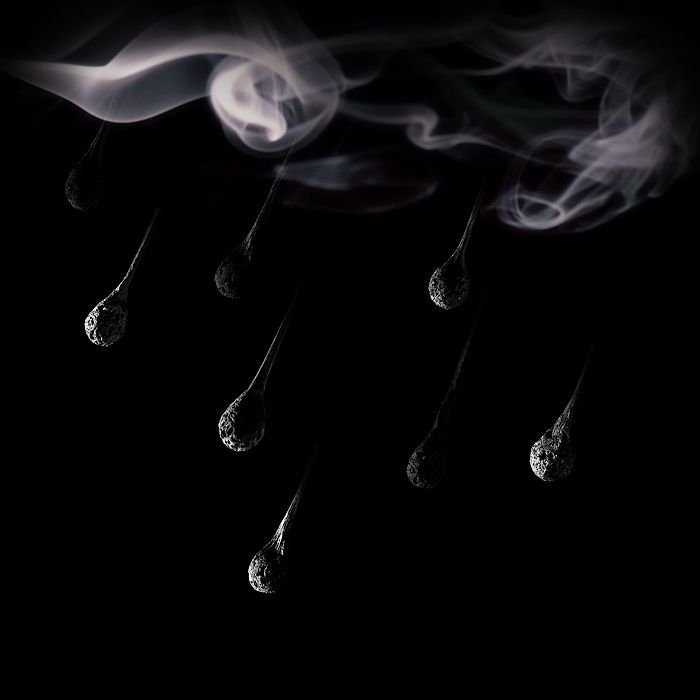|
|
Burning Matches Art
|
Early friction matches made with white phosphorus as well as those made from phosphorus sesquisulfide could be struck on any suitable surface. They were particularly popular in the United States even when safety matches had become common in Europe. Strike-anywhere matches are classified as dangerous goods, "U.N. 1331, Matches, strike-anywhere;" and their carriage is illegal on both passenger aircraft and cargo-only aircraft.
• The safety match
The dangers of white phosphorus in the manufacture of matches led to the development of the "hygienic" or safety match. The major innovation in its development was the use of red phosphorus, not on the head of the match but instead on a specially designed striking surface. The idea was developed in 1844 by the Swede Gustaf Erik Pasch (1788–1862) and was improved by Johan Edvard Lundström (1815–1888). Pasch patented the use of red phosphorus in the striking surface. He found that this could ignite heads that did not need to contain white phosphorus. Johan Edvard and his younger brother Carl Frans Lundström (1823–1917) started a large-scale match industry in Jönköping around 1847, but the improved safety match was not introduced until around 1850–55. The Lundström brothers had obtained a sample of red phosphorus matches from Arthur Albright at The Great Exhibition, held at The Crystal Palace in 1851 but had misplaced it, and therefore they did not try the matches until just before the Paris Exhibition of 1855 when they found that the matches were still useable. In 1858 their company produced around 12 million match boxes.
The safety of true "safety matches" is derived from the separation of the reactive ingredients between a match head on the end of a paraffin-impregnated splint and the special striking surface (in addition to the safety aspect of replacing the white phosphorus with red phosphorus). The idea for separating the chemicals had been introduced in 1859 in the form of two-headed matches known in France as Alumettes Androgynes. There was however a risk of the heads rubbing each other accidentally in their box. These were sticks with one end made of potassium chlorate and the other of red phosphorus. They had to be broken and the heads rubbed together. Such dangers were removed when the striking surface was moved to the outside of the box. The striking surface on modern matchboxes is typically composed of 25% powdered glass or other abrasive material, 50% red phosphorus, 5% neutralizer, 4% carbon black and 16% binder; and the match head is typically composed of 45–55% potassium chlorate, with a little sulfur and starch, a neutralizer (ZnO or CaCO3), 20–40% of siliceous filler, diatomite and glue. Some heads contain antimony(III) sulfide to make them burn more vigorously. Safety matches ignite due to the extreme reactivity of phosphorus with the potassium chlorate in the match head. When the match is struck the phosphorus and chlorate mix in a small amount forming something similar to the explosive Armstrong's mixture which ignites due to the friction.
|
|









